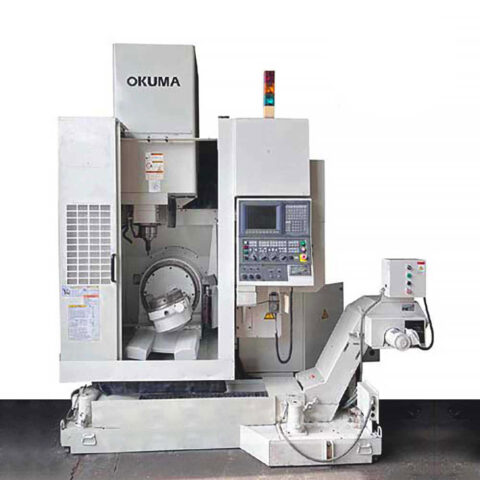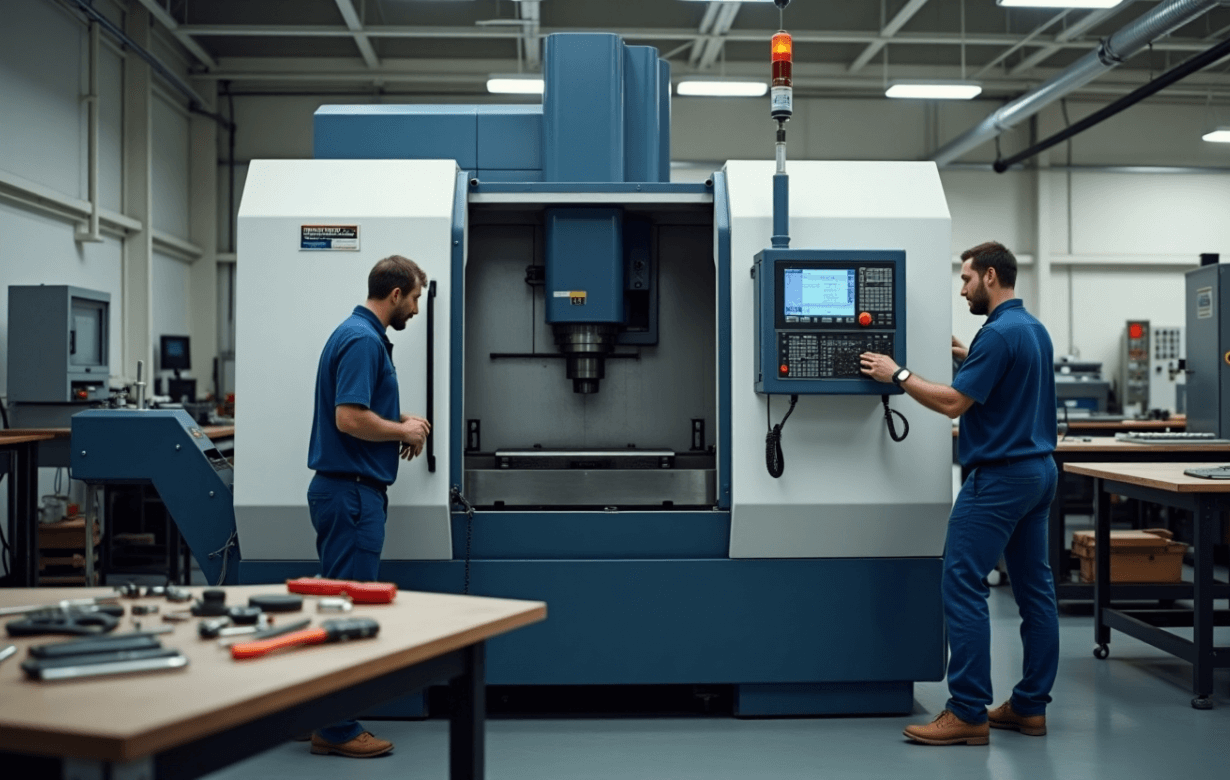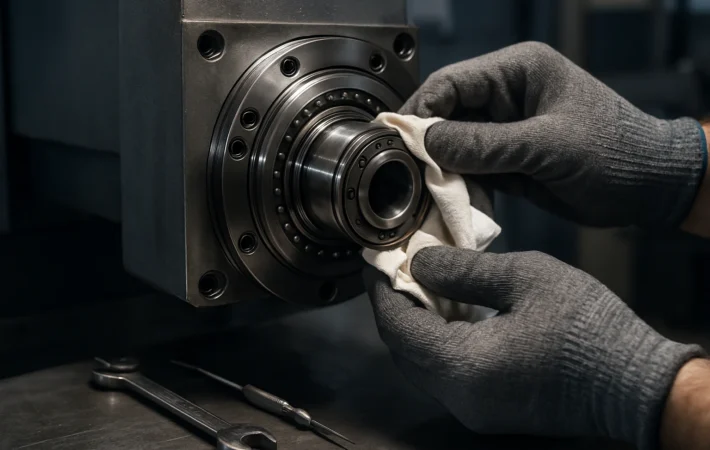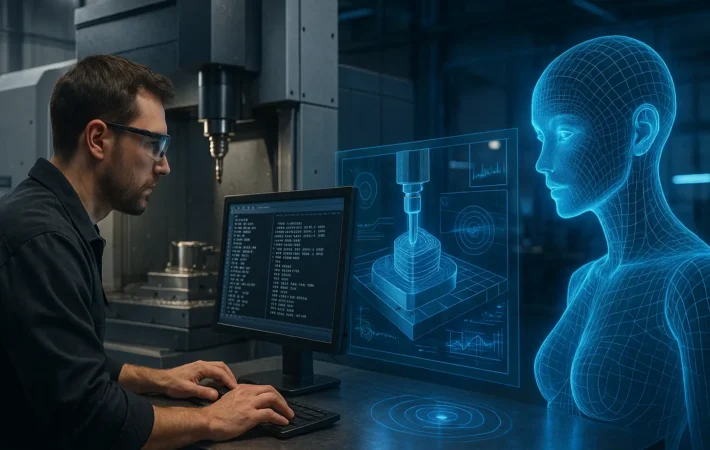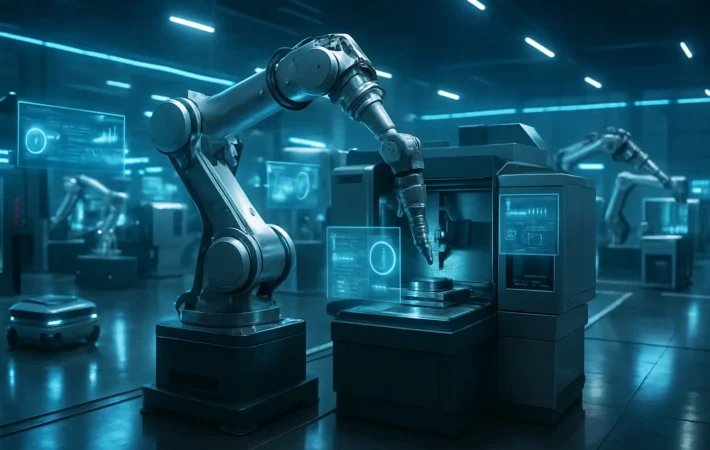Once you buy a used CNC machine with the plan of maybe starting a new machining business or improving your existing one, there remains one more step that you need to take care of. The middle step is setting up the CNC machine. Knowing how to properly set up the CNC machine is very important, otherwise, it may cause problems in mid-operation or lead to a shorter lifespan of the machine. So, are you also curious about how to set your used CNC machine up for first use? Then let’s dive deep into it and find out.
Before you begin:
Here are some of the things that you need to keep in mind before you start setting up your used CNC machine for first time use:
- Go through the manual of the CNC machine and check all the details you can find about the machine in the manual and also some additional points from the internet.
- Gather all the necessary tools and materials that you will need for setting up the CNC machine, and also arrange some safety gear for yourself so that you can conduct the whole process without any self harm.
Steps to set up a used CNC machine for first time use:
Now, if you are ready with safety gears and tools to set the CNC machine up for first time use then here are the steps that you will have to follow to get it done:
- Preparing your workspace: The first step that you need to take is to prepare the workspace for a smooth machine setup and further machining process. Make sure that the space is empty and has adequate area not only for the machine but also for you or any operator to move and handle materials.
Make sure that the flooring is stable and level flooring otherwise there will be vibrations during heavy product machining. Ensure that there is proper ventilation because CNC machining generates a lot of heat and ventilation will help in maintaining the optimal temperature. Also, consider some noise reduction measures for the comfort of the operator. - Unpacking, inspecting, and cleaning: The next step includes unpacking the machine from whatever covering the supplier has done, and making sure to do that in a safe way without bringing any scratches to the machine parts. Once the unpacking is done, you need to thoroughly inspect the machine for different parts like ball screws and cutting tools for any signs of leaks, damages, wear, and tear.
Now, after both of these steps are done, you need to clean the CNC machine parts. Clean all the old way lubricants, and coolant residues and then apply fresh lubrication as per the manual of the CNC machine. - Power and utility hookup: Firstly, get an electrician to verify that the power supply matches your machine specs. If your spindle is water cooled then connect the chiller or the pump, to verify circulation before use, you can skip this step if you have air cooled spindle.
Connect pneumatic systems properly, make sure all air lines are properly connected, and verify proper air pressure if that’s needed. Pneumatic clamps and balanced cylinders must connect to a clean and dry compressed air source at the required PSI. - Mechanical alignment and calibration: First make sure that the machine is properly leveled. Then square the spindle to the table in both the X and Y axes, any kind of mis-tramming can cause tapering or poor finishing. Then align vises parallel to axes with the help of tram devices.
Verify the axis movements, and make sure that all the axes are moving in the right direction, and within their range without any backlash or binding. Set part zero and work offsets, use edge finders, touch probes, or even manual probing to establish X, Y, and Z origin. - Tooling setup: In the next step, you need to focus on setting up the tooling for the CNC machine. Load all the tools, and insert each tool in the carousel or spindle as per your CNC program’s tool list. Secure tools in the spindles, and make sure they are tightened and also aligned correctly otherwise it will cause runout and tool breakage.
Use tool setters or manual measurements to input accurate tool offsets into the CNC control system. For different milling processes, make sure that the programmed diameter matches the cutter and CAM software may address this. Set the wear or tool diameter offsets, if needed. - Software configuration and program loading: In the next step, you will have to configure the software settings of the CNC machine and load the G-Code. Firstly, just load or update the machine’s control software and then load any CAM programs needed for your parts. Enter different parameters of your machines, like the axis travel limits, feed rates, spindle speeds, and tool offsets.
After you update all the parameters, you need to simulate them. Always simulate within CAM/Machine Controller to check for any kind of probable collision or over rapid moves. Then you can transfer the G-code via USB, RS-232, or network, including the subprograms when used. - Dry run and test cuts: Last but not least, you must do dry runs and trail cuts to ensure that all the settings have been done in the right way and there is no possibility of any major collision happening during the machining process. Do a dry run of the CNC program to check the movement of all the axes.
Then do some trail cuts too with scrap materials, to check the dimensional accuracy or the tolerance of the CNC machine. It also helps to understand the quality of the surface finish and the overall behavior of the machine. You can use different precision measuring tools like calipers and micrometers to verify the part dimensions.
Additional advice from Machine Station:
If you follow the above steps then you will be able to get your used CNC machine ready for its use for the first time but here are some additional tips to keep it running for a long:
- Clean the machine after every machining session, the basic cleaning will take 15-20 minutes.
- Check the electrical connections daily, as wires and other electrical parts tend to get damaged with time.
- Adopt a formal maintenance plan to ensure that the machine stays fit and runs for long years.
If you want to get more detailed tips about how you can clean your used CNC machines then you can check our blog about that.
Conclusion:
Setting up a CNC machine is not so tough of a job but it needs high focus and attention to detail especially when dealing with the cutting tool and the axes of the machine because a small mistake can cost you high for those parameters. If you are looking to buy a used CNC machine and that too with a tight budget, then you must check our collection of Used CNC machines under $25000 and then take help from this blog to set the machine up.

